Climate Change
Recent Activity
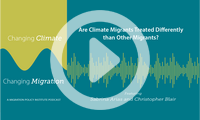
Do host communities respond differently to people migrating because of environmental impacts compared to refugees fleeing war or migrants seeking work? Research discussed on this episode of Changing Climate, Changing Migration suggests the answer is yes.
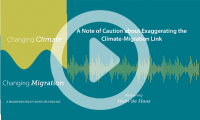
This episode of Changing Climate, Changing Migration checks in with migration scholar Hein de Haas about the predictions that vast numbers of people will be displaced by climate change and head to wealthy countries in North America and Europe—views he deems often misplaced.
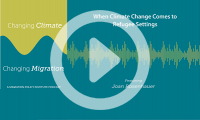
For this episode of Changing Climate, Changing Migration, we speak with Joan Rosenhauer, the executive director of Jesuit Refugee Service/USA, about how natural disasters and other environmental harms affect her organization’s work and its faith-based mission.
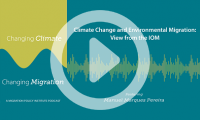
The International Organization for Migration (IOM), in 2015 created a special division responsible for migration-related issues involving the environment and climate change. The division just got a new leader and is looking to embark on a new agenda.
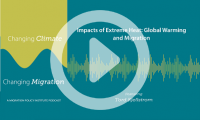
Global warming and extreme heat are behind many of the phenomena linked to climate change. Hotter weather also has an impact on migration and on migrants, ranging from destinations such as the Middle East to parts of the United States. In recent years, there has been more attention paid to cases of migrant workers dying from the heat.
Pages
Recent Activity
Desde principios de la década de 2010, la migración irregular de Guatemala a Estados Unidos ha aumentado drásticamente. Huehuetenango, un departamento en el Altiplano Occidental de Guatemala, se encuentra entre las principales fuentes de esta emigración. Este estudio examina los patrones y factores impulsores de la emigración de Huehuetenango, así como las posibles estrategias para abordar factores de empuje y creación de alternativas a la migración irregular.


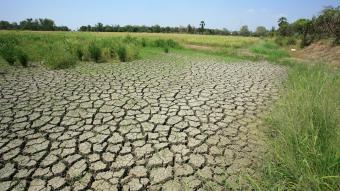











Why Financing Responses to Climate Migration Remains a Challenge